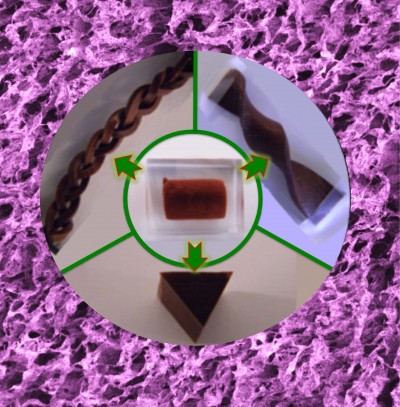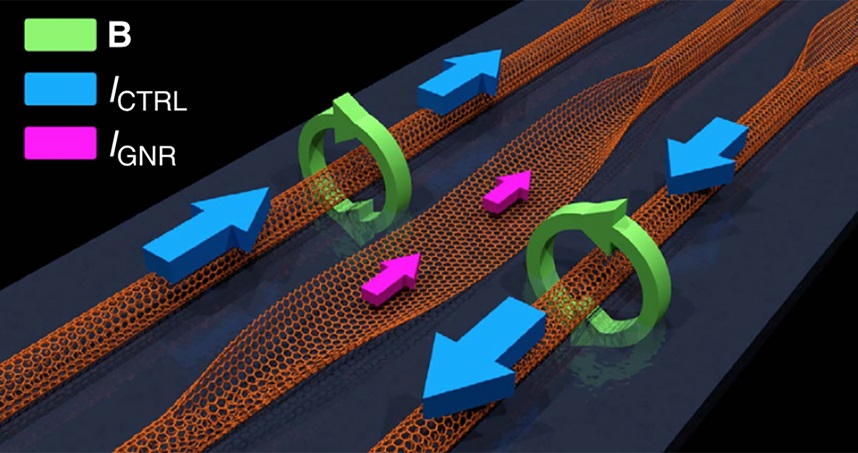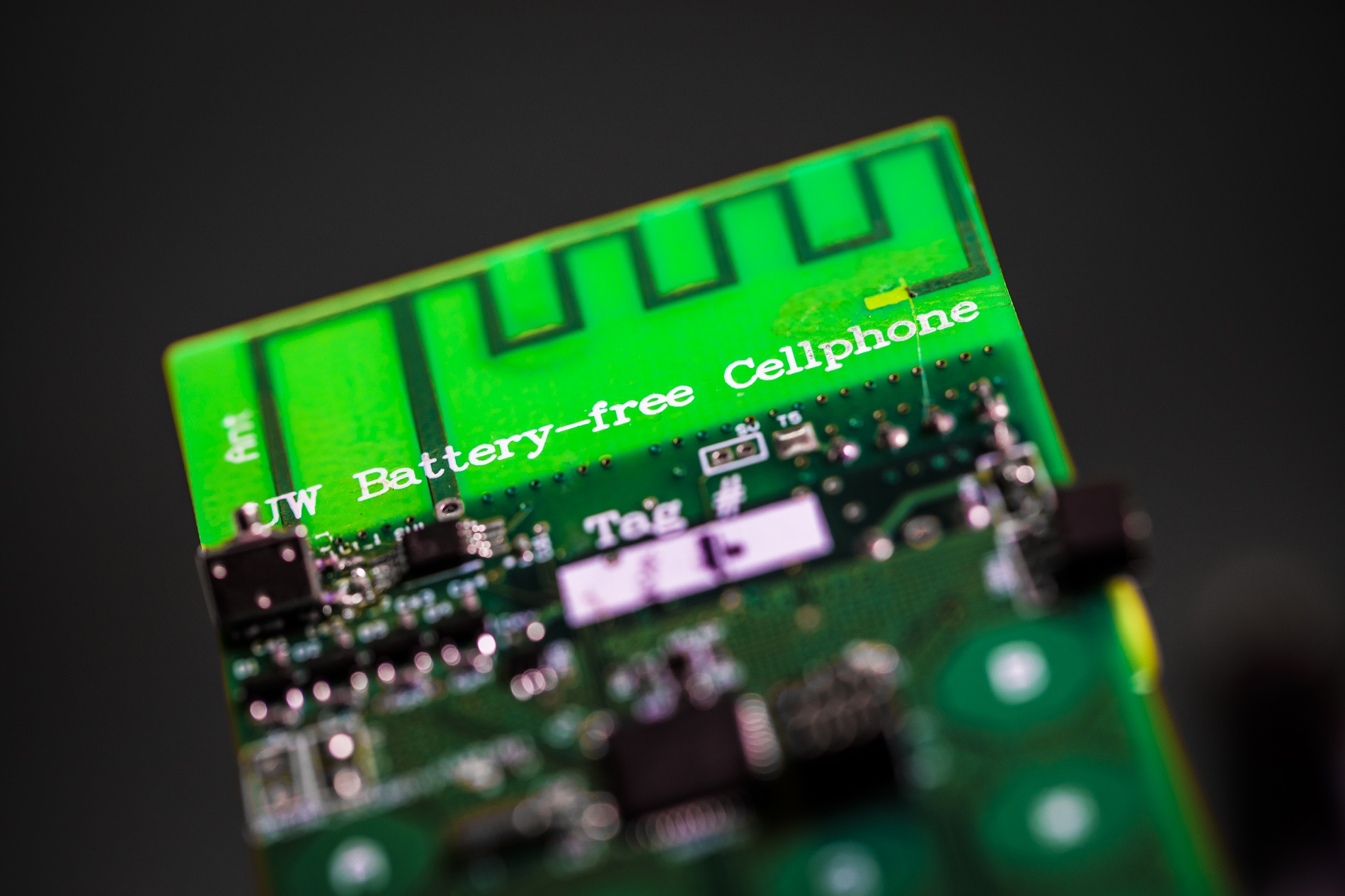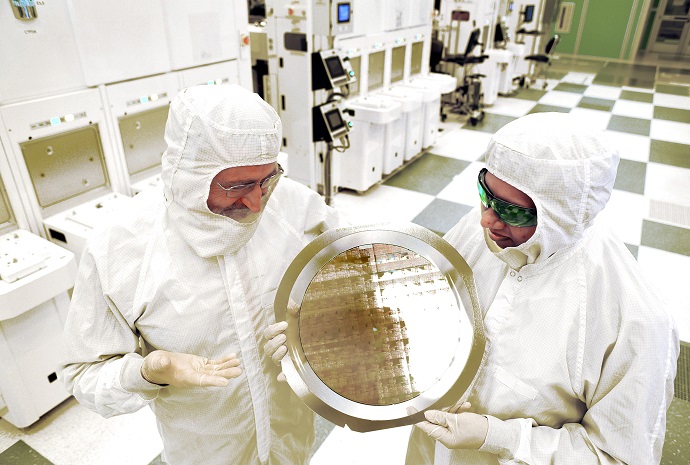22 August 2014
Bend them, stretch them, twist them, fold them: modern materials that are light, flexible and highly conductive have extraordinary technological potential, whether as artificial skin or electronic paper.
Making such concepts affordable enough for general use remains a challenge but a new way of working with copper nanowires and a PVA “nano glue” could be a game-changer.
Previous success in the field of ultra-lightweight “aerogel monoliths” has largely relied on the use of precious gold and silver nanowires.
By turning instead to copper, both abundant and cheap, researchers at Monash University and the Melbourne Centre for Nanofabrication have developed a way of making flexible conductors cost-effective enough for commercial application.
“Aerogel monoliths are like kitchen sponges but ours are made of ultra fine copper nanowires, using a fabrication process called freeze drying,” said lead researcher Associate Professor Wenlong Cheng, from Monash University’s Department of Chemical Engineering.
“The copper aerogel monoliths are conductive and could be further embedded into polymeric elastomers – extremely flexible, stretchable materials – to obtain conducting rubbers.”
Despite its conductivity, copper’s tendency to oxidation and the poor mechanical stability of copper nanowire aerogel monoliths mean its potential has been largely unexplored.
The researchers found that adding a trace amount of poly(vinyl alcohol) (PVA) to their aerogels substantially improved their mechanical strength and robustness without impairing their conductivity.
What’s more, once the PVA was included, the aerogels could be used to make electrically conductive rubber materials without the need for any prewiring. Reshaping was also easy.
“The conducting rubbers could be shaped in arbitrary 1D, 2D and 3D shapes simply by cutting, while maintaining the conductivities,” Associate Professor Cheng said.
The versatility extends to the degree of conductivity. “The conductivity can be tuned simply by adjusting the loading of copper nanowires,” he said. “A low loading of nano wires would be appropriate for a pressure sensor whereas a high loading is suitable for a stretchable conductor.”
Affordable versions of these materials open up the potential for use in a range of new-generation concepts: from prosthetic skin to electronic paper, for implantable medical devices, and for flexible displays and touch screens.
They can be used in rubber-like electronic devices that, unlike paper-like electronic devices, can stretch as well as bend. They can also be attached to topologically complex curved surfaces, serving as real skin-like sensing devices, Associate Professor Cheng said.
In their report, published recently in ACS Nano, the researchers noted that devices using their copper-based aerogels were not quite as sensitive as those using gold nanowires, but had many other advantages, most notably their low-cost materials, simpler and more affordable processing, and great versatility.















